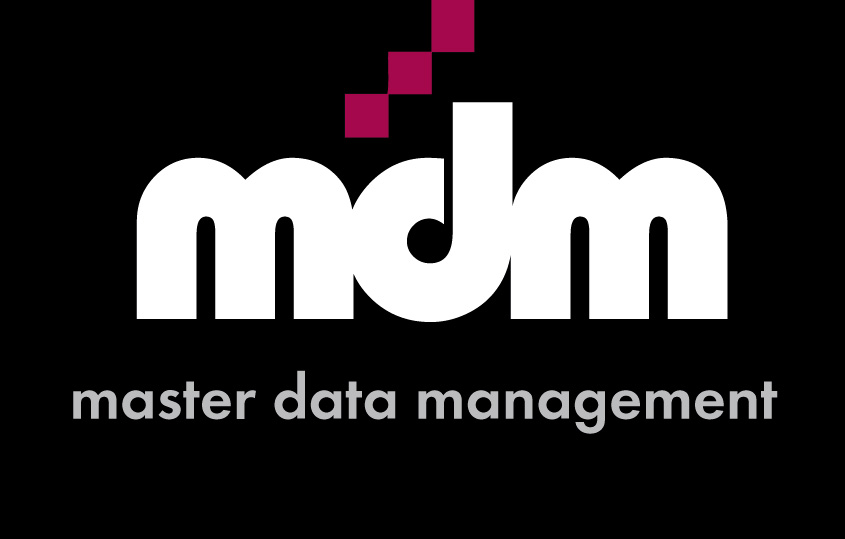The growth of the use of technology in business is astounding, but not surprising. Over the decades, tech has played an outsized role in business breakthroughs that have led to greater efficiencies and progress. Many companies have not only come to depend thoroughly on tech, but they are eager to quickly implement the best that tech has to offer.
One of the biggest things tech has brought business in recent years is a plethora of data. Data analytics and data-driven decision-making are constantly cited as playing significant roles in how successful companies are doing business. This data comes in all sorts of forms and is collected about all sorts of information ranging from customer buying habits to employee effectiveness.
For many companies, wading through all of the data and optimizing data for decision-making is as much of a challenge as implementing the data collection technology in the first place. It is a step many struggle with. Good data-based decision-making can propel the company forward, while poor use of data can be a costly time suck. Striking the right balance is the ultimate key to success.

Getting Started on the Right Track
Even though data and data management is something that all companies are talking about, very few are actually using data to its fullest potential. Businesses are committed to the idea of utilizing data in their decision-making, but making it happen is often proving more of a challenge. In fact, only 24% of 85 companies surveyed said they felt they had successfully created a data-driven organization.
Becoming data-driven is something that many companies strive for, but often struggle to implement. This can happen for several reasons such as:
- Limited executive/management buy-in
- Lack of a strategic implementation plan
- Poor data quality
- Multiple, conflicting data collection methods
- Poor data analysis skills
- Conflicting or complicated workflows
Though there are multiple benefits, it takes a fair amount of effort to set up and implement a big data collection system and one factor not being in sync can make or break it.
Early adopters of big data technology may also run into issues where their systems have been updated enough times that a lot of information is siloed and requires complicated processing to become useful. It can be a big commitment to make the switch to newer technology, but with futuristic advancements and data-sharing options such as the cloud, it can be well worth it.
Data Processing Challenges
Getting set up with the right data system for your company and working through some of the growing pains of incorporating data is likely the largest challenge for many companies planning to utilize data-driven decision-making. However, other challenges exist that can prevent successful data optimization.
One of these challenges is data processing. Nearly all data that is collected will have to be processed and put into a standardized format before being useful for any insights. Data processing challenges include things like:
- Poor data quality — the information collected may not adequately help answer the questions you want it to
- Challenges integrating data — data coming from different sources can be challenging to standardize and may require transformations
- Unclean data — data that contains inaccuracies that haven’t been accounted for
Fortunately, data processing challenges can be managed in many ways, from making small tweaks to integrating streamlined software. Many large companies hire professionals with skills in data management that focus on data processing and creating a usable product. Some newer data management technologies can use artificial intelligence to automatically complete some of these steps as well.
Breaking Through Data Paralysis
Another challenge that many companies face is commonly known as data paralysis. It is the idea that companies are creating and collecting so much data that it becomes overwhelming to manage all of it, let alone gain useful business insights. It is a phenomenon happening globally — an estimated 180 zettabytes of information is anticipated to be in existence by 2025.
Perhaps the most effective means of working through data paralysis is to drill down on your goals. What information is it that you are looking for and which pieces of data help you learn that information? Defining these goals can help focus your data analysis and limit the amount of data that needs to be collected in the first place. This keeps your team focused and uses fewer resources, including their own time.
Deciding to work towards becoming a data-driven company can offer a lot of real benefits to your bottom line. Getting started with big data management can be a huge task — one that many companies are still working through. Incorporating systems that allow integrated data management, semi-automated data processing, and goal-oriented data collection is a strong place to begin the optimization process and get your company well on its way to becoming a data powerhouse.

Leave a comment